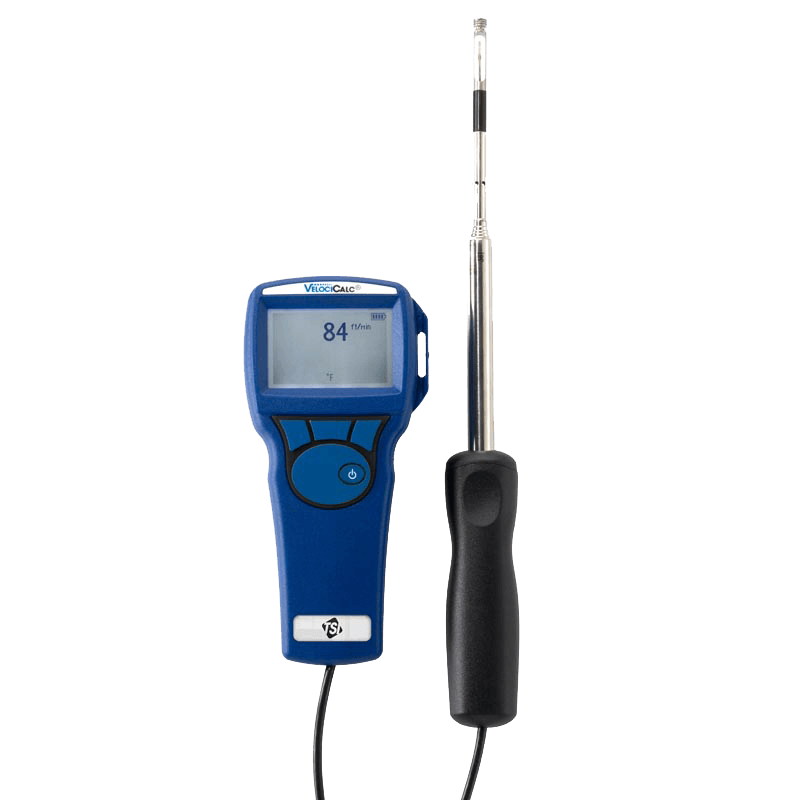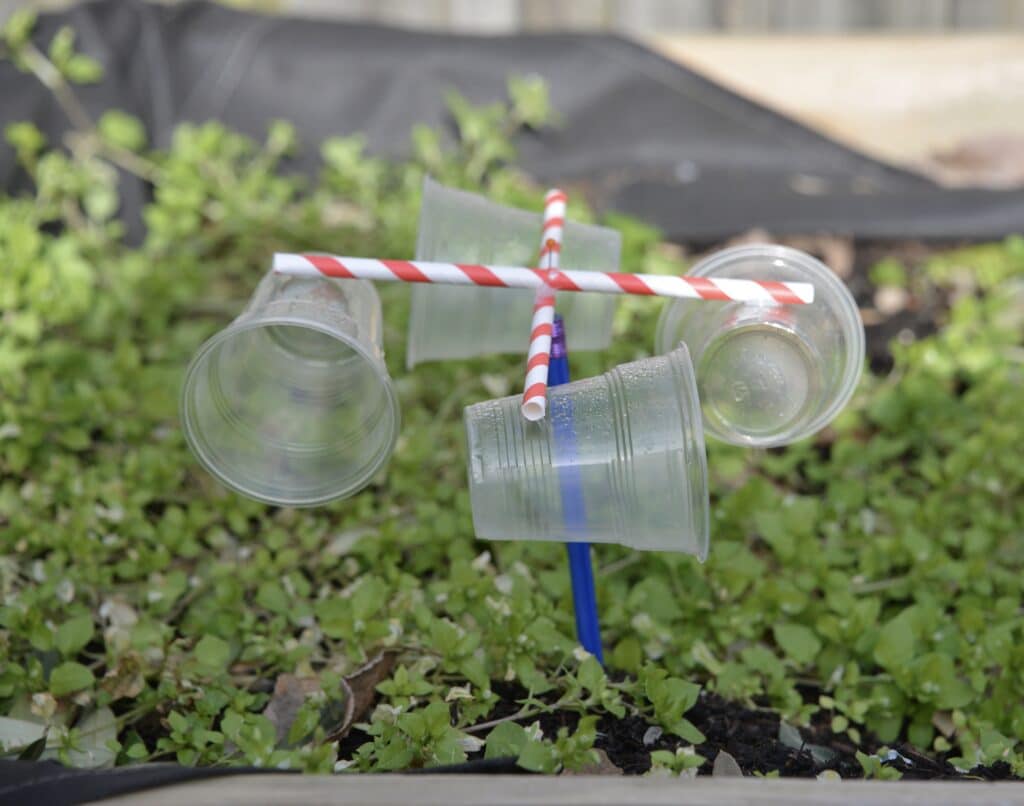Anemometers Revealed: Recognizing Their Relevance in Environmental Monitoring and Security Procedures
The role of anemometers in ecological surveillance and safety procedures is frequently underestimated, yet their significance is obvious. These tools have a lengthy history rooted in clinical inquiry and technological developments, developing to become necessary devices in different fields. From meteorology to aeronautics security, anemometers play a crucial role in offering exact data that informs decision-making processes and boosts overall safety. Comprehending the ins and outs of anemometers unveils a world of important insights that are essential to our understanding of the atmosphere and the steps we require to make sure safety.
History of Anemometers
The advancement of anemometers can be traced back to the old people where fundamental wind gauging tools were first used. One of the earliest recognized anemometers was the hemispherical cup anemometer designed by Leon Battista Alberti in the 15th century.
Over the years, advancements in technology led to the development of even more modern-day anemometers, including ultrasonic anemometers and laser Doppler anemometers, offering enhanced accuracy and performance in gauging wind rate and instructions. The background of anemometers showcases an amazing trip of innovation and progress in the area of meteorology.
Sorts Of Anemometers
Throughout the field of meteorology, different types of anemometers have actually been developed to precisely measure wind speed and direction. Sonic anemometers make use of ultrasonic signals to measure wind speed and direction precisely. Hot-wire anemometers run based on the concept that the cooling effect of wind on a heated wire is symmetrical to the wind speed.
Applications in Weather Forecasting
Having actually reviewed the numerous sorts of anemometers used in meteorology for measuring wind rate and instructions, it is important to explore their practical applications in the field. Anemometers play a crucial role in weather forecasting by giving exact and real-time information on wind problems (anemometer). Meteorologists utilize anemometers to keep track of wind speed and instructions to forecast climate patterns, concern cautions for extreme climate occasions like storms, hurricanes, and hurricanes, and evaluate weather for air travel safety and security
In weather forecasting, anemometers aid in comprehending regional and regional wind patterns, which are crucial for predicting climate adjustments and figuring out climatic trends. These gadgets are likewise utilized in research study to examine microclimates, city heat islands, and air contamination dispersion. In addition, anemometers are employed in farming to maximize crop management methods, such as irrigation and pesticide application, based upon wind problems.
Value in Aeronautics Safety And Security
An essential facet of guaranteeing aviation security hinges on the careful surveillance of wind conditions utilizing anemometers. Anemometers play a vital function in air travel by providing real-time data on wind rate and direction, helping pilots in making notified choices during landing, trip, and liftoff. Strong and unpredictable winds can substantially impact aircraft procedures, making it necessary for air travel authorities to count on exact wind measurements to make sure the safety of travelers and crew.

In the dynamic setting of air travel, where even small modifications in wind rate and instructions can have profound results, anemometers stand as vital tools for promoting protected and Find Out More secure air travel.
Function in Environmental Study
Anemometers play a crucial duty in environmental research by offering vital information on wind rate and instructions. By properly measuring wind qualities, anemometers assist researchers assess the movement of toxins in the air, assess the effect of industrial exhausts, and forecast the spread of pollutants in the setting.


Verdict
In verdict, anemometers have actually played an important function in environmental tracking and security procedures. Understanding the significance of anemometers is vital for properly measuring wind speed and direction, which is essential for anticipating weather condition patterns, making certain safe aeronautics procedures, and performing ecological studies.
One of the earliest recognized anemometers was the hemispherical cup anemometer designed by Leon Battista Alberti in the 15th century. Over the years, innovations in modern technology led to the growth of more modern-day anemometers, consisting of ultrasonic anemometers and laser Doppler site here anemometers, offering boosted accuracy and efficiency in gauging wind speed and direction. Hot-wire anemometers operate based on the principle that the cooling impact of wind on a warmed cable is symmetrical to the wind rate. Meteorologists use anemometers to keep track of wind speed and instructions to anticipate weather patterns, issue warnings for extreme weather condition events like typhoons, hurricanes, and tornados, and examine climatic problems for aviation safety.
Recognizing the value of anemometers is crucial for properly determining wind speed and instructions, which is crucial for forecasting weather condition patterns, making certain secure aviation procedures, and carrying out environmental studies. (anemometer)
Comments on “Why an Anemometer is Important for Your Environmental Data Collection”